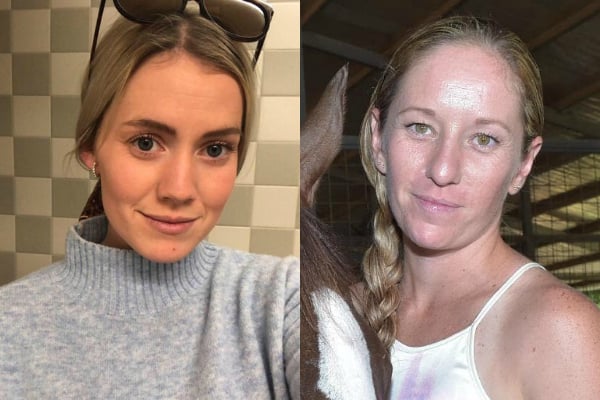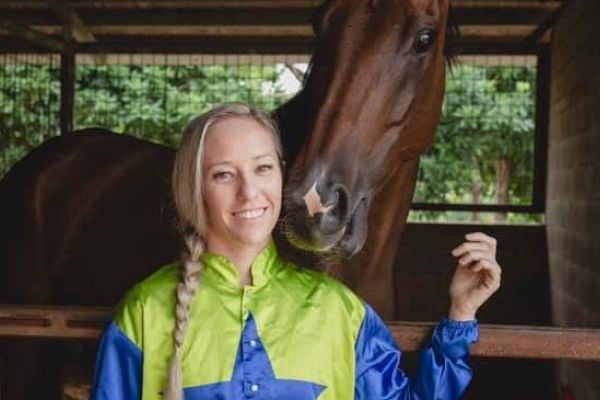
When Australian jockeys Melanie Tyndall and Mikaela Claridge went to work last week, no one could have anticipated they wouldn’t come home.
But the two women died after sustaining injuries from horse falls; creating a hole in not only their respective families, but also their second family – the racing community.
Because sadly, Tyndall and Claridge have become part of a startling statistic: since 2014, nine of the last 10 jockey deaths in Australia have been women.
It’s raised some oft-discussed questions in the industry in recent years: is the sport somehow safer for men than women? Is there a reason for these statistics, or is it just the way it’s turned out?
You can learn more about the tragic deaths of Melanie Tyndall and Mikaela Claridge in the video below. Post continues after video.
Two jockeys who loved their sport.
32-year-old Melanie Tyndall, originally from Murray Bridge in South Australia, moved to Darwin in 2012 to pursue her love of horse racing – while she was also a police officer.
Tyndall graduated from the police academy in 2018 and became engaged to her partner Tony Harris earlier this year.



Top Comments
Knew that comment would be controversial but didn't think that I'd be ostrichised.
It’s perplexing, women are the minority of jockeys but are 9/10 of the most recent fatalities. Only case I can think of where the general workplace death ratio being 90% men is reversed.
It could be a statistical aberration. The only other options would be a conspiracy, unlikely given they were ruled accidents and happened all over the nation, or to get to your point, men are generally able to absorb more physical punishment. Thicker frontal skull, bigger hearts and wider arteries, higher % blood, stronger adrenal system, greater muscle mass, etc.
Men are simply built to be able to take more damage and survive. Maybe there’s something about coming off a horse at speed, the velocity and distance to the ground that is on the margin of what a man can take but a woman can’t given they are all about the same size and weight in the case of jockeys?
Whatever it is, need to see if safety can be improved.
To quote MC Hammer; "You can't touch this (article)".
It's likely down to the differing physiologies of the sexes.Without ending up in traction.